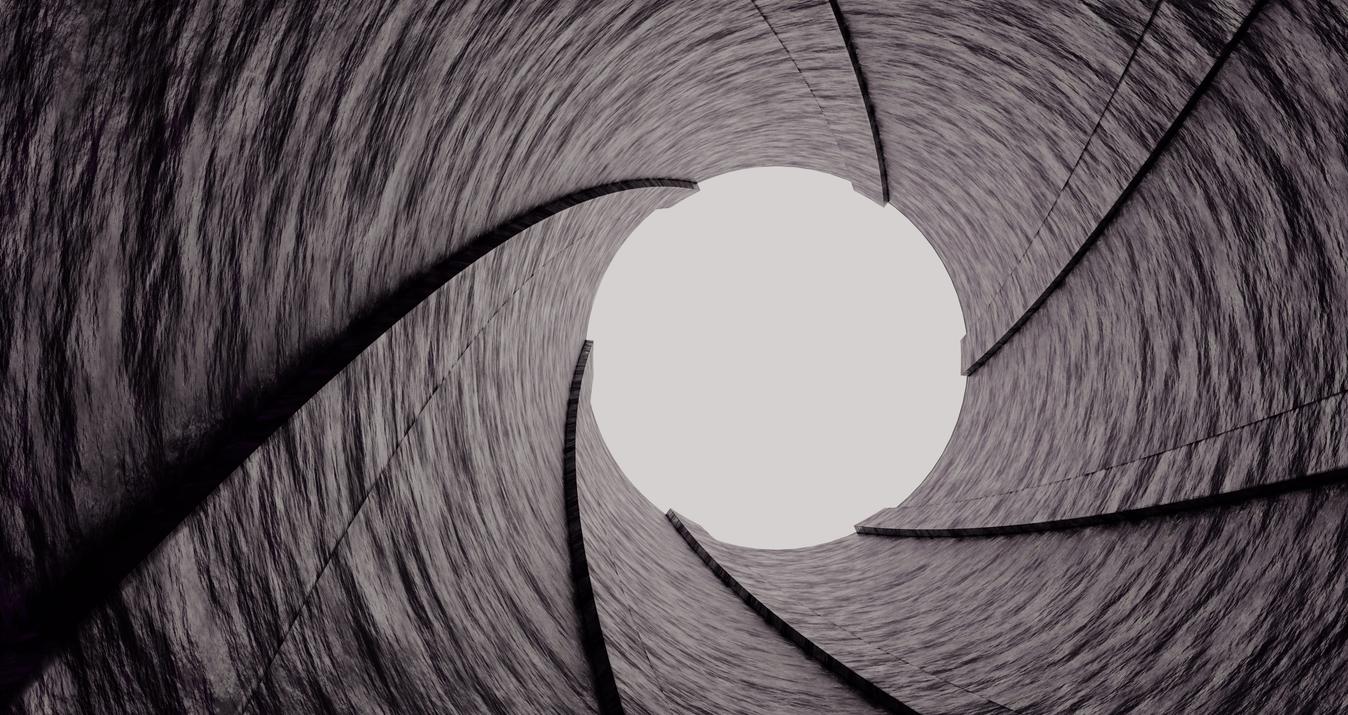The Golden Ratio vs. The Rule of Thirds In Photography
June 08, 2017

In this article, we explain the difference between the two most common composition techniques in photography, the Golden Ratio and the Rule of Thirds.
Two of the most commonly applied principles in photography are often confused with one another — Rule of Thirds and the Golden Ratio.
In the event that you’ve been pondering the difference between the two, the Skylum team is here to help! Let’s cover the basics of these techniques, so you can put them to use in your next photo-taking extravaganza.
The Rule of Thirds
You may have heard the phrase: The Rule of Thirds time and time again, as it is a common technique used in photography. It’s a design principle that consists of a simple symmetrical grid made of two sets of lines, one set running from left to right and one set from top to bottom, creating four intersections and nine symmetrical boxes.

The four intersecting points are known as the sweet spots in the image frame. To utilize this technique, make sure the subject you are trying to bring attention to is placed at any one of these sweet spots (two intersecting lines) or along a grid line, so the photo will appear well structured and create an interesting focal point for the viewer to be drawn to.
Though this concept can also have a flaw depending upon what you’re shooting: not always will the photo be its most visually appealing with regards to composition when using this principle. Sometimes the position of the horizon or specific subjects in the frame may seem out of place in the photo or seem too structured and unnatural.
This is why the Golden Ratio is considered to be a better principle for creating consistently more natural and well-balanced photos. So let’s move on to that.
The Golden Ratio
The Golden Ratio is said to be nature’s number, as it appears everywhere naturally in the world around us –– from shells to sunflowers to DNA molecules to the Milky Way. Using this element of design in your photos will help you capture scenes to create images that will have this same organic harmony. It also allows the viewer to easily depict the main subject/focal point while naturally being lead outward and into the flow of the overall scene within the photo.

Two ways to use the Golden Ratio in your photos is by utilizing the Phi Grid and the Fibonacci (“Golden”) Spiral. Some prefer to use the Phi Grid when photographing landscape or architectural shots and to use the Fibonacci Spiral for portrait or nature photography.
The Phi Grid looks similar to the symmetrical Rule of Thirds grid except the Phi Grid is not symmetrical. The center intersecting lines are closer together, making the middle row and middle column smaller using the Golden Ratio to create a 1:1.618:1 grid ratio. When using this grid to capture a well-composed image, you want the focal point within the frame to line up along the intersection of the grid lines. These are the sweet spots where the viewer’s eye is naturally drawn. When shooting a scenic landscape or sunset cityscape, try to line the horizon with the top line in the grid.
If you are planning to take portrait shots and want to use the Fibonacci Spiral, the best way is to visualize dividing one of the rectangles from the Phi Grid. Picture an invisible small rectangle created by one of the large rectangle’s intersecting corner points. This will be your point of focus and it will be where you begin your spiral.
Though the technical aspects of the Fibonacci Spiral can be told in greater depth, this is a base to understanding its complexities.
As always, stay creative and enjoy the process of experimenting to see what technique works best for you and the scene you are capturing.






